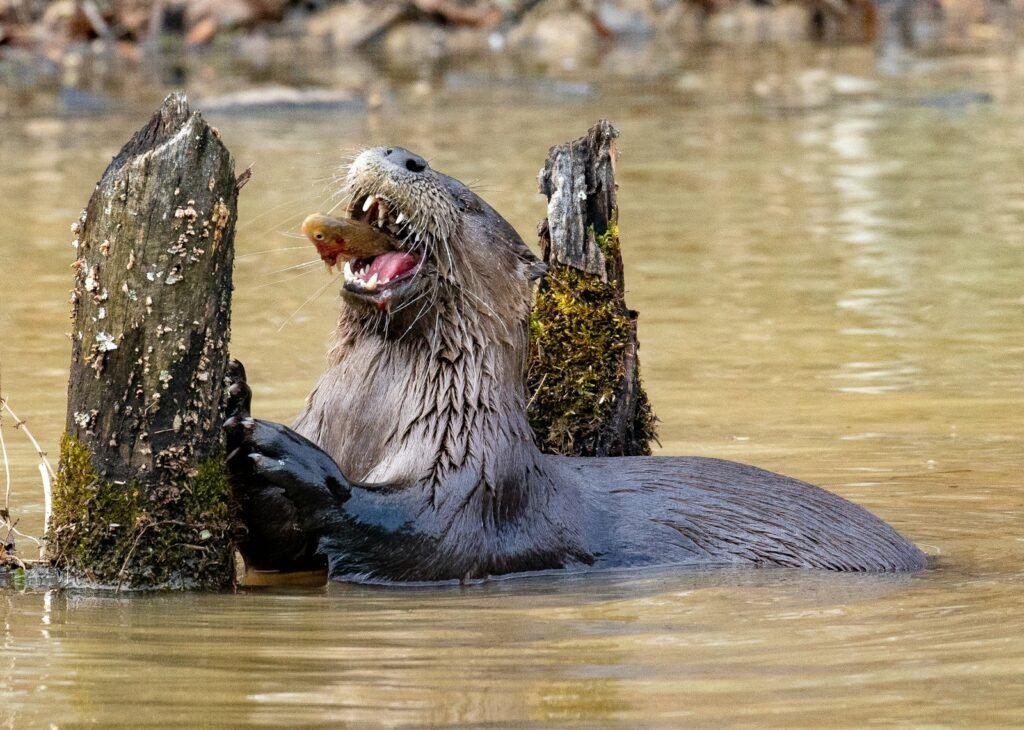Human activities such as agriculture, logging, and urbanization are increasingly encroaching on the habitats of great apes. While these species have shown remarkable behavioral flexibility in adapting to anthropogenic disturbances, their new behaviors often come with significant risks. Recent studies highlight the complex interplay between survival strategies and the challenges posed by human interactions.
Behavioral Adaptations to Anthropogenic Landscapes
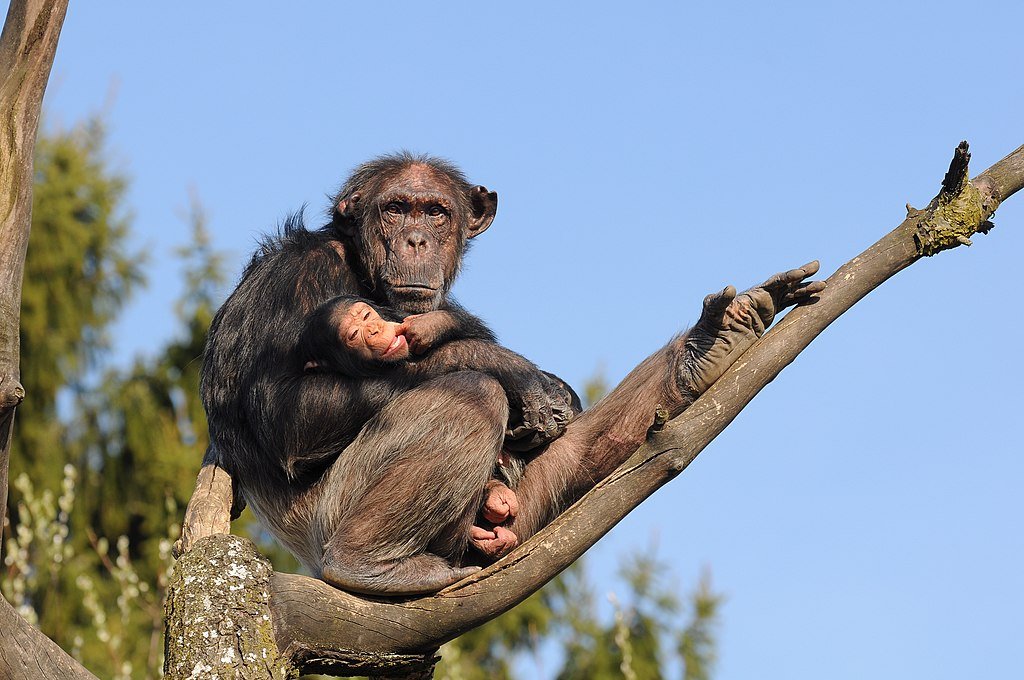
Great apes, including chimpanzees, orangutans, gorillas, and bonobos, have developed various strategies to cope with habitat changes. These include crop foraging, altered nesting patterns, and the use of human-made paths for travel. While these adaptations help apes survive in the short term, they often bring them into closer contact with humans, increasing the likelihood of conflict.
Risk Associated with Behavioral Changes

The behavioral shifts observed in great apes expose them to new dangers. Crop foraging, for instance, often leads to harassment or injury from humans protecting their resources. Additionally, the use of human-made paths can result in encounters with vehicles or other hazards. These risks not only threaten individual apes but also strain the human-ape relationship, complicating conservation efforts.
Conservation Challenges and Strategies
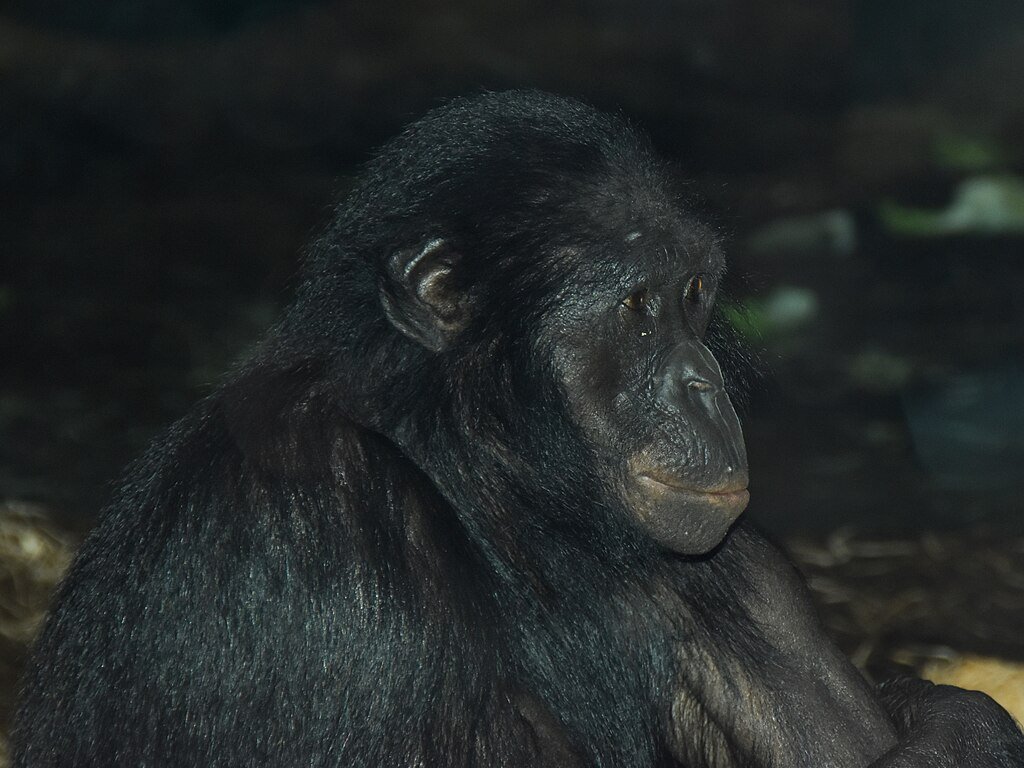
The increasing overlap between human and ape habitats underscores the need for community-engaged conservation strategies. Researchers emphasize the importance of reducing competition over resources and fostering tolerance among local communities. Protecting ape habitats and promoting coexistence are critical to ensuring the survival of these endangered species.
Future Research Directions
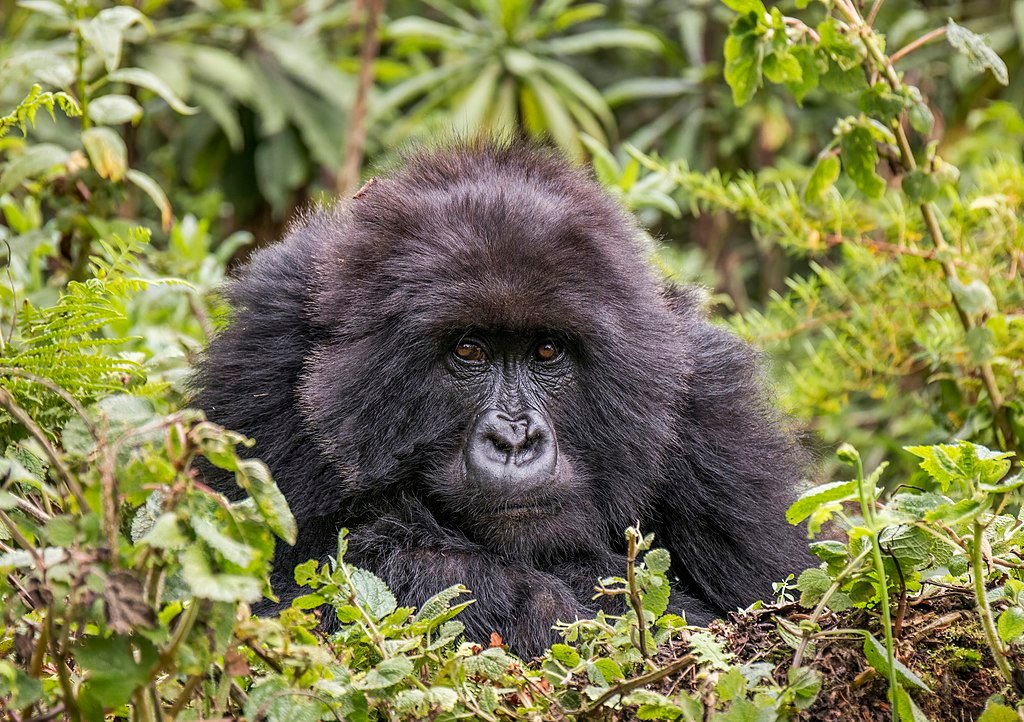
Further studies aim to explore the long-term impacts of behavioral adaptations on ape populations. Understanding the thresholds of tolerance among human communities and the ecological consequences of these behaviors will be essential for developing effective conservation policies.
Conclusion
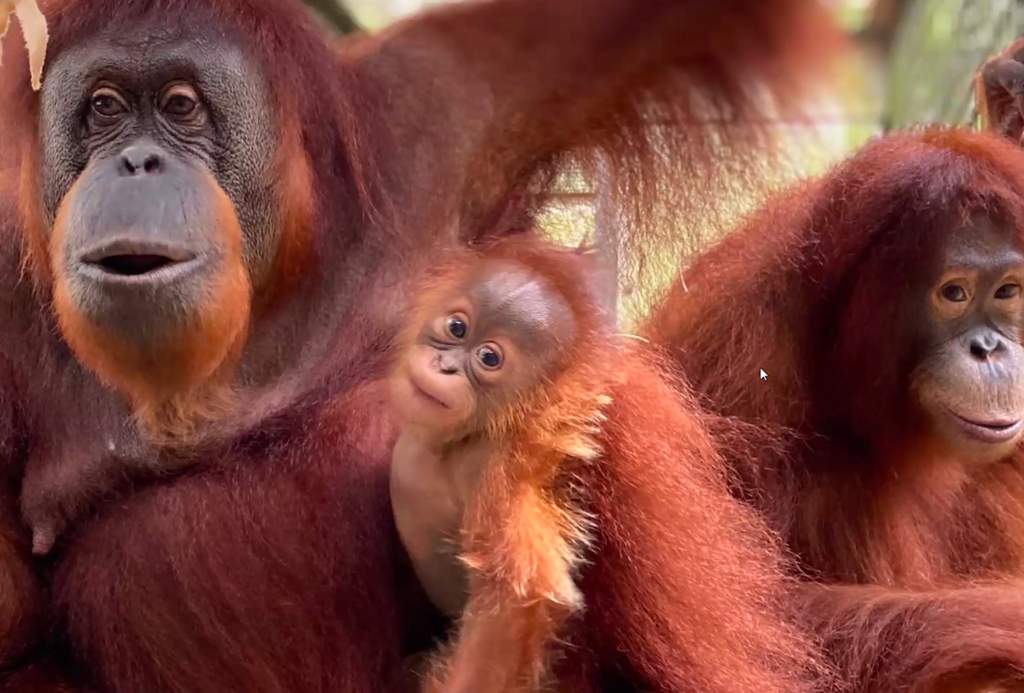
The behavioral flexibility of great apes in response to human disturbances highlights their resilience but also underscores the challenges of coexistence. By addressing the risk associated with these adaptations and fostering community-driven conservation efforts, we can work toward a future where humans and apes thrive together.
Source:





